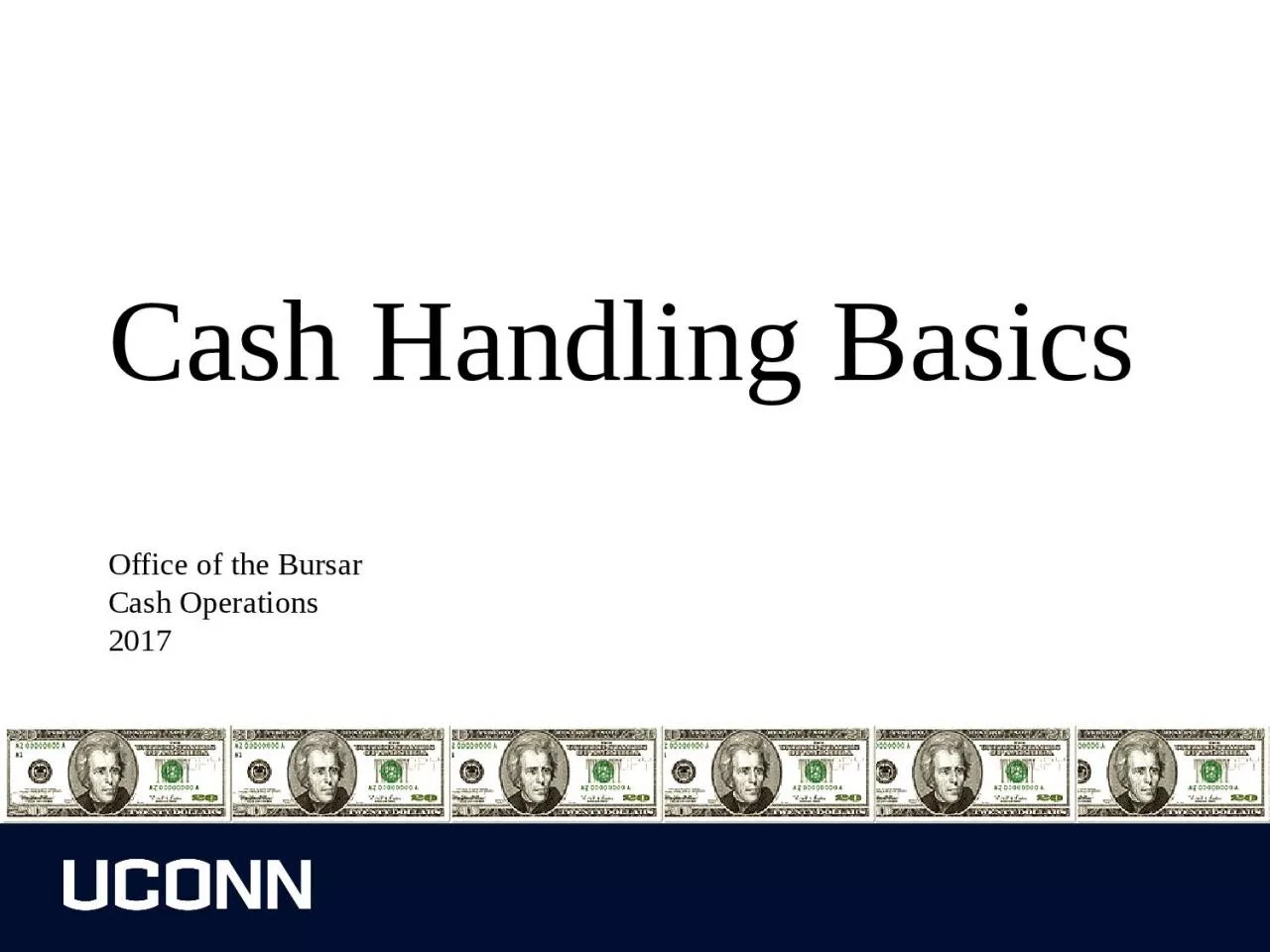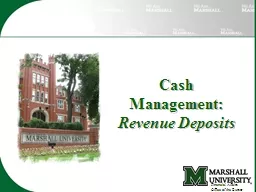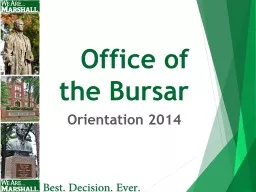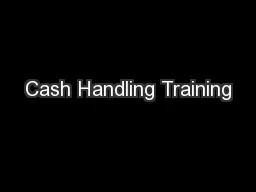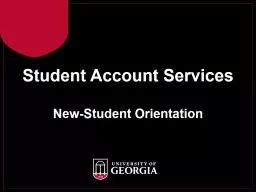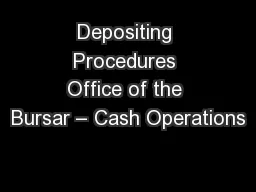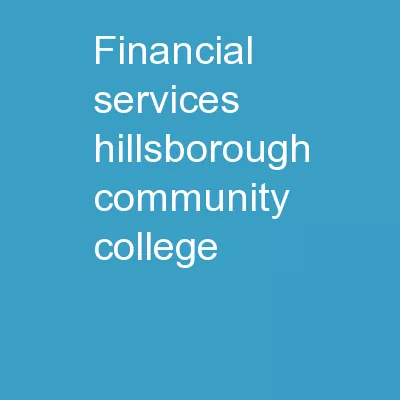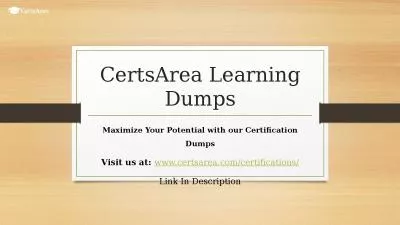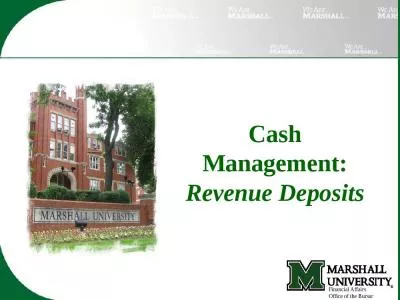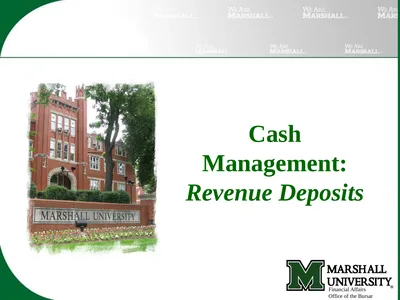PPT-Cash Handling Basics Office of the Bursar
Author : udeline | Published Date : 2023-06-25
Cash Operations 2017 Methods of Receipt Payments may be received by your department in a variety of ways and in various forms In person Cash and coin Checks
Presentation Embed Code
Download Presentation
Download Presentation The PPT/PDF document "Cash Handling Basics Office of the Bursa..." is the property of its rightful owner. Permission is granted to download and print the materials on this website for personal, non-commercial use only, and to display it on your personal computer provided you do not modify the materials and that you retain all copyright notices contained in the materials. By downloading content from our website, you accept the terms of this agreement.
Cash Handling Basics Office of the Bursar: Transcript
Download Rules Of Document
"Cash Handling Basics Office of the Bursar"The content belongs to its owner. You may download and print it for personal use, without modification, and keep all copyright notices. By downloading, you agree to these terms.
Related Documents

